Popular on Food52
Continue After Advertisement
25 Comments
Dei L.
January 6, 2016
I love dumplings!!!
I have another technique for doing it and another recipe as well. I have taken some photos as well
You can find it here
http://www.cattivakat.com/dim-sum-rezept/
I have another technique for doing it and another recipe as well. I have taken some photos as well
You can find it here
http://www.cattivakat.com/dim-sum-rezept/
Maria
December 30, 2015
Hi , my husband love my pierogi ( dumplings) , last Christmas I made 7 dozen and give them oway .
Lan
June 12, 2015
Ali Slagle has to stop writing recipes. This dumpling recipe is just plain awful. The colorful pictures actually save the recipe. People can start a fire in the kitchen if deep frying with sesame oil. Good grief!
Ali S.
June 15, 2015
Hi Lan: We don't advocate deep frying dumplings here, but rather pan frying. And while I agree sesame oil wouldn't be my first choice for the job (partially because of its intense flavor), it can work in a bind. The good news is this is a Not Recipe, so many options are presented so everyone can make dumplings how they'd like and with what ingredients they have on hand.
kantcould
June 10, 2015
Never heard of a Chinese cook using a food processor and grinding everything into a mush is not appealing. Personally, I much prefer mincing everything and then mixing together. Not only is the texture more toothy but the individual ingredients retain their character.
Aaron Q.
April 22, 2015
Also, the cooking time depends on the filling and how much filling you put in your dumpling. ( I make VERY fat ones... ) So I usually cook for 10 minutes after boil, and I add cold water once or twice when the water is boiling too rapidly. ( Learned from my grandfather, no idea way... )
Aaron Q.
April 22, 2015
Hi guys, I'm a Chinese guy who makes and eats traditional dumpling regularly. It is cheap, easy and fun to make. Here is a few tricks to make good dumplings:
1. Make one dumpling with your filling, cook it and taste it. You can then adjust your filling if it less salty or need more cooking oil, etc.
2. Seal your dumplings real tight. Otherwise water will seep into your dumpling fillings and make it taste bland.
3. Control your boiling water. If your water is boiling rapidly, your dumpling will be tossed around in the pot and that will cause the skin to break, and you get bland dumplings.
Learn these 3 tricks and enjoy your dumplings.
1. Make one dumpling with your filling, cook it and taste it. You can then adjust your filling if it less salty or need more cooking oil, etc.
2. Seal your dumplings real tight. Otherwise water will seep into your dumpling fillings and make it taste bland.
3. Control your boiling water. If your water is boiling rapidly, your dumpling will be tossed around in the pot and that will cause the skin to break, and you get bland dumplings.
Learn these 3 tricks and enjoy your dumplings.
Chia-Li S.
April 21, 2015
Ali Slagle, you gave a lot of mis-information here about making dumplings. I hope you'd stop. I am so sick and tired of non-Asians pretending to know how to prepare Asian food....
Ali S.
April 21, 2015
Hello, These dumplings are by no means perfect or traditional—the intention of this post is to inspire people to make dumplings and to do so how they would like to go about it.
Chia-Li S.
April 21, 2015
px_bonne, I guess your people here live on the bliss that's called ignorance....
Chia-Li S.
April 21, 2015
you really don't know how to make decent dumplings do you?
Those dumplings look pretty pathetic....don't try to teach people how to make "dumplings" when yours weren't even made right... also, you don't fry stuff with sesame oil, ok? you season with it. why do you think sesame oil comes in much smaller containers than regular oils?
Those dumplings look pretty pathetic....don't try to teach people how to make "dumplings" when yours weren't even made right... also, you don't fry stuff with sesame oil, ok? you season with it. why do you think sesame oil comes in much smaller containers than regular oils?
wulfferine75
April 20, 2015
it's very therapeutic sitting at the table and just folding dumplings for a while, chatting, drinking wine. i make hundreds at a time.
if i add wet bulky things like cabbage, i salt it for 30 minutes or so in a colander and squeeze out the extra moisture.
if i add wet bulky things like cabbage, i salt it for 30 minutes or so in a colander and squeeze out the extra moisture.
Aaron Q.
April 22, 2015
I usually chop veges into tiny bits ( almost like ground veges ), and then squeeze the water out of them and mix.
vvvanessa
April 20, 2015
I like the "choose one from each category" approach to making filling. Great idea!
I make dumplings a lot, and I never use a recipe, so to test the filling before it all goes into wrappers, I always fry up a small patty of it to taste so I can make seasoning adjustments.
I make dumplings a lot, and I never use a recipe, so to test the filling before it all goes into wrappers, I always fry up a small patty of it to taste so I can make seasoning adjustments.
Aaron Q.
April 22, 2015
Although not traditional dumplings, but I feel you should just put whatever you like and experiment. One key is not to add too many watery content, or at least try to squeeze water out before mixing. ( Or at least I prefer thick fillings )
Adriana Z.
April 20, 2015
This is so awesome! I just bought a package of wrappers on a whim and had no idea what I was going to do with them. I'm assuming any filling with pork would need to be cooked prior to filling?
Ali S.
April 20, 2015
You don't really need to since it'll be cooked when you steam, fry, or boil the dumplings. But, if that premise scares you, you could precook the meat.
vvvanessa
April 20, 2015
I think precooking the meat would take away from all the lovely juiciness that happens when the meat cooks in the wrapper. If you're boiling dumplings, they're ready when they pop up to the surface of the water/stock (let them go for another minute if you're really concerned about undercooking). If you are pan-frying (per the above instructions), it's actually hard to undercook the meat and get a nice, crispy brown wrapper at the same time; if your wrapper is golden, your meat should be done.
Michele
April 20, 2015
Oh I wish you had posted this about 3 years ago! This was when I summoned the courage to make a fiddly but quite straightforward dumpling recipe (secret ingredient lemongrass). I agonized over following it to the letter which resulted in my only making dumplings once a year. But they are so delicious and worth it. Now, I won't worry so much and will make them much more often. Thanks for demystifying the process.
Sini |.
April 20, 2015
This is such a great article! I've been dying to make dumplings (mostly thanks to Cynthia of Two Red Bowls), but still haven't found the courage. I really should tackle this Asian feast! Thanks for the inspiration and endless tips and suggestions.
amysarah
April 20, 2015
I love making dumplings. Just to add - any kind of flat steaming pot works, if you don't have bamboo. Sometimes they stick even with oiling, then tear when removed - a good trick around this is lining the bottom of the steamer with leaves of cabbage or lettuce before arranging the dumplings inside.
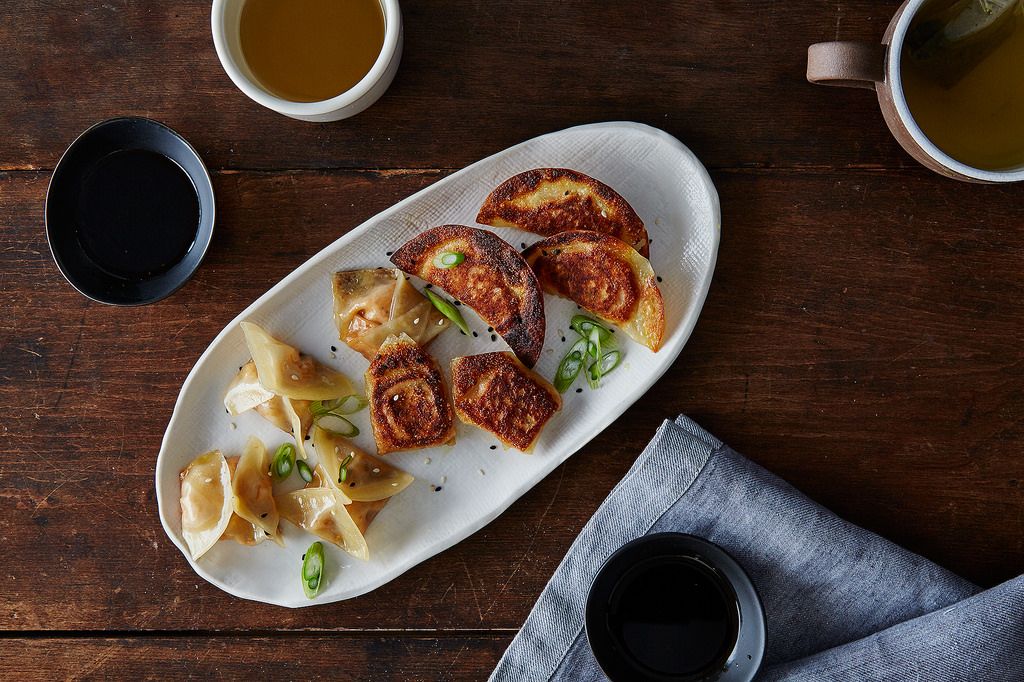
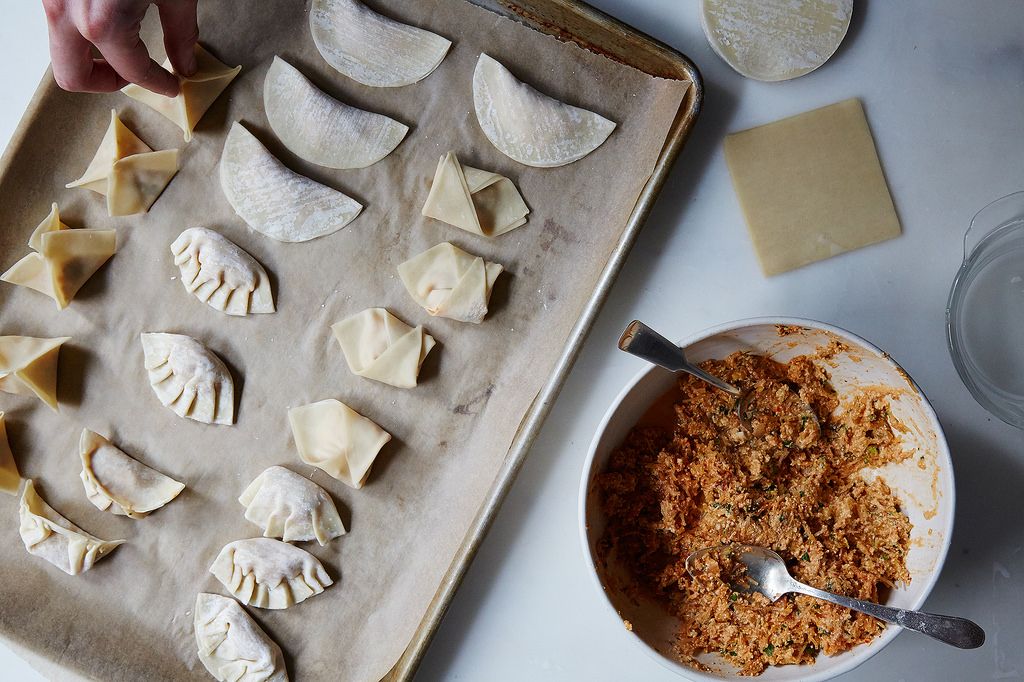
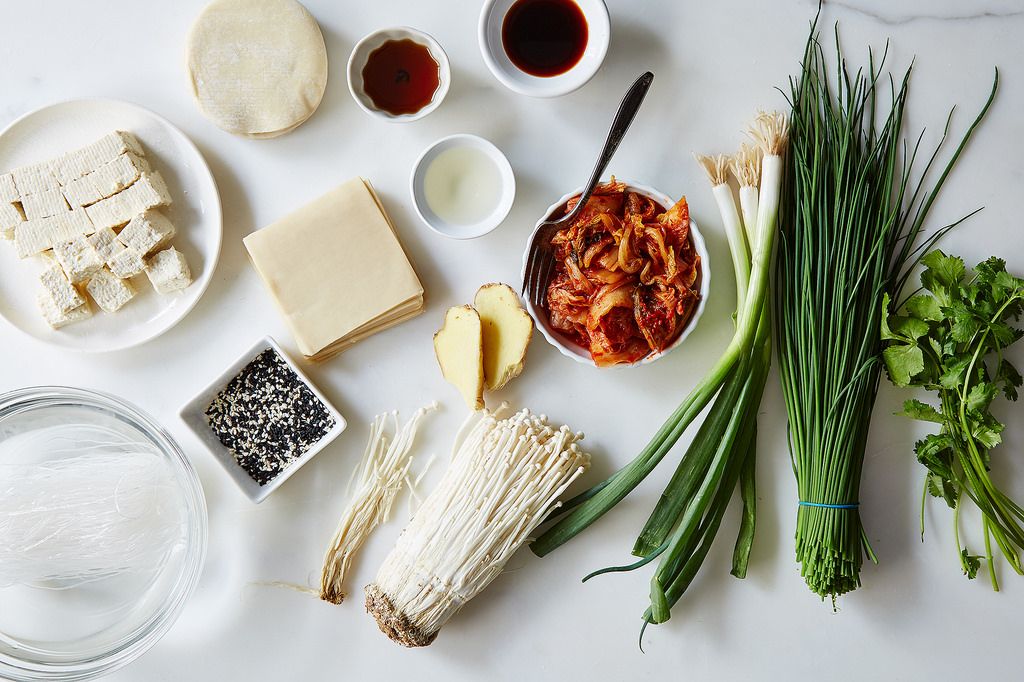
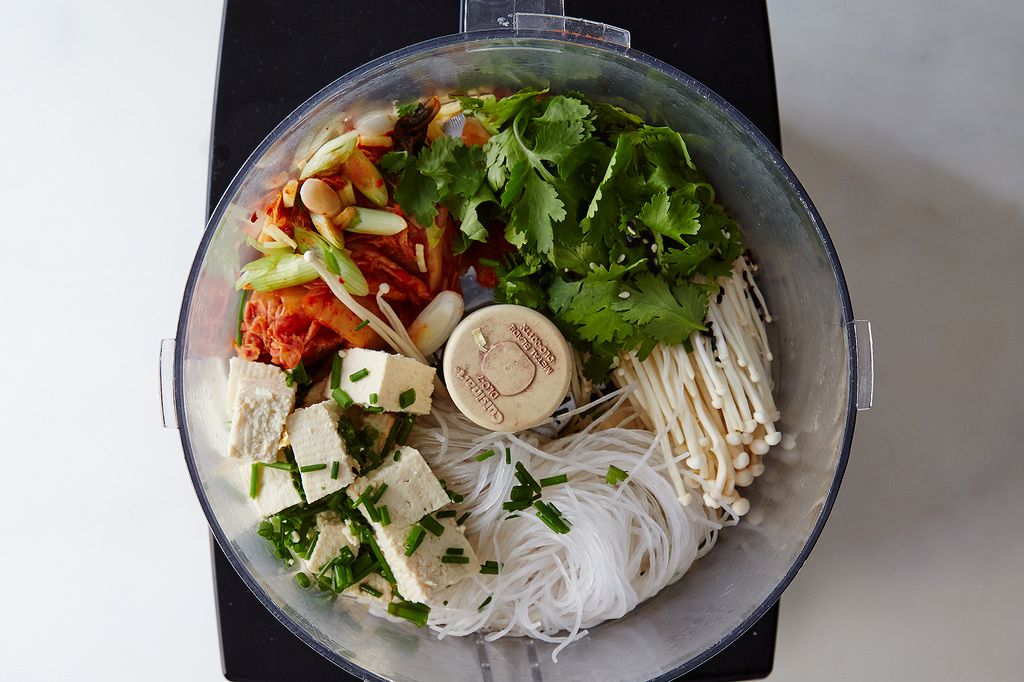
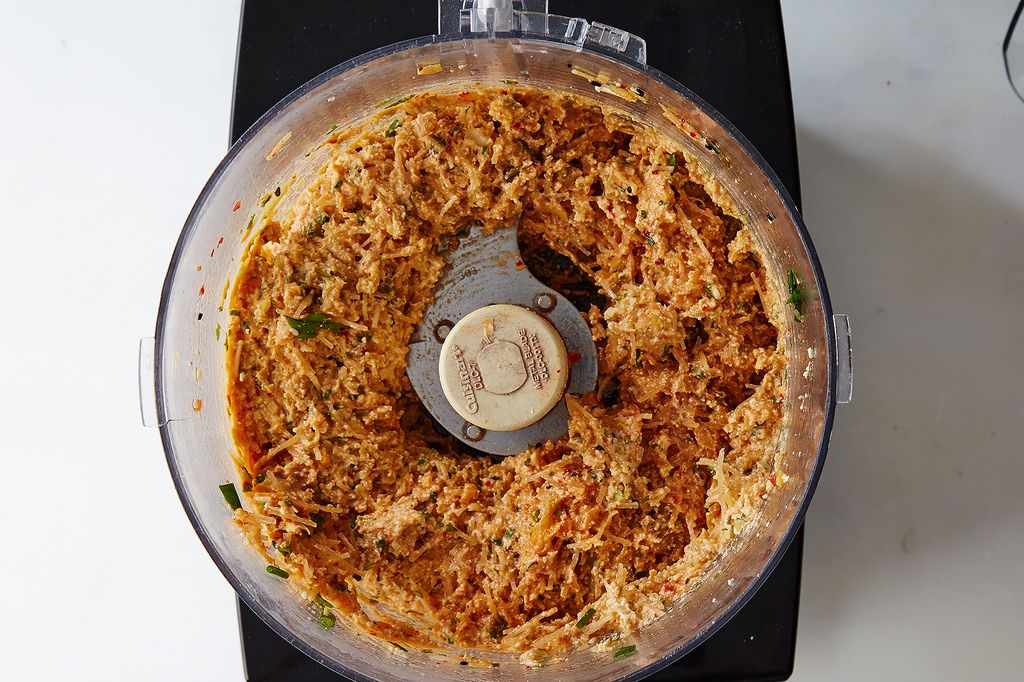
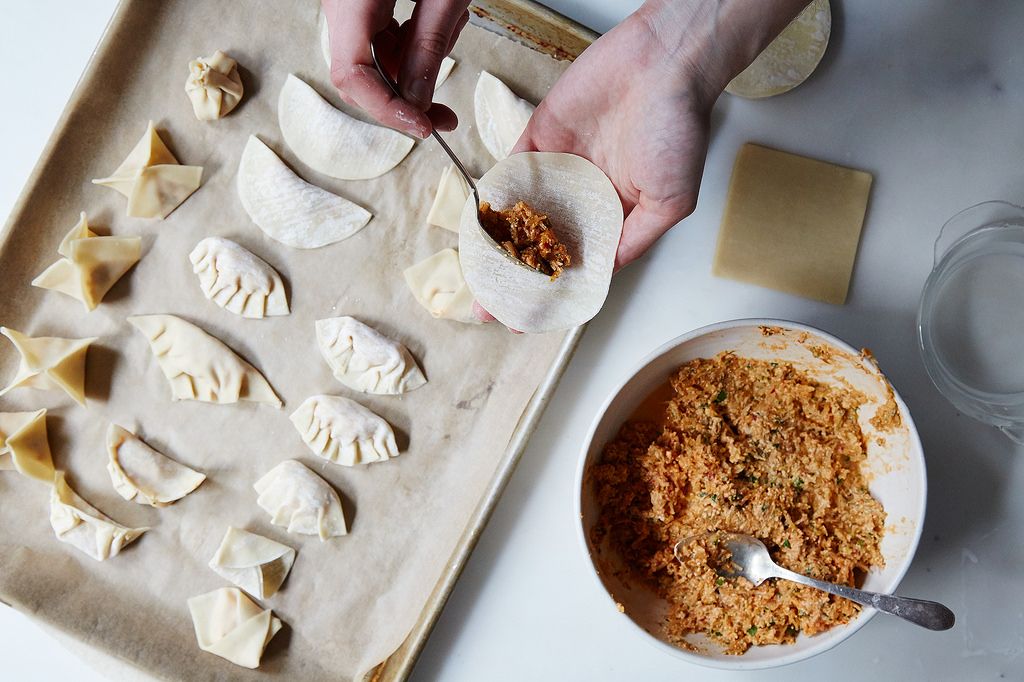
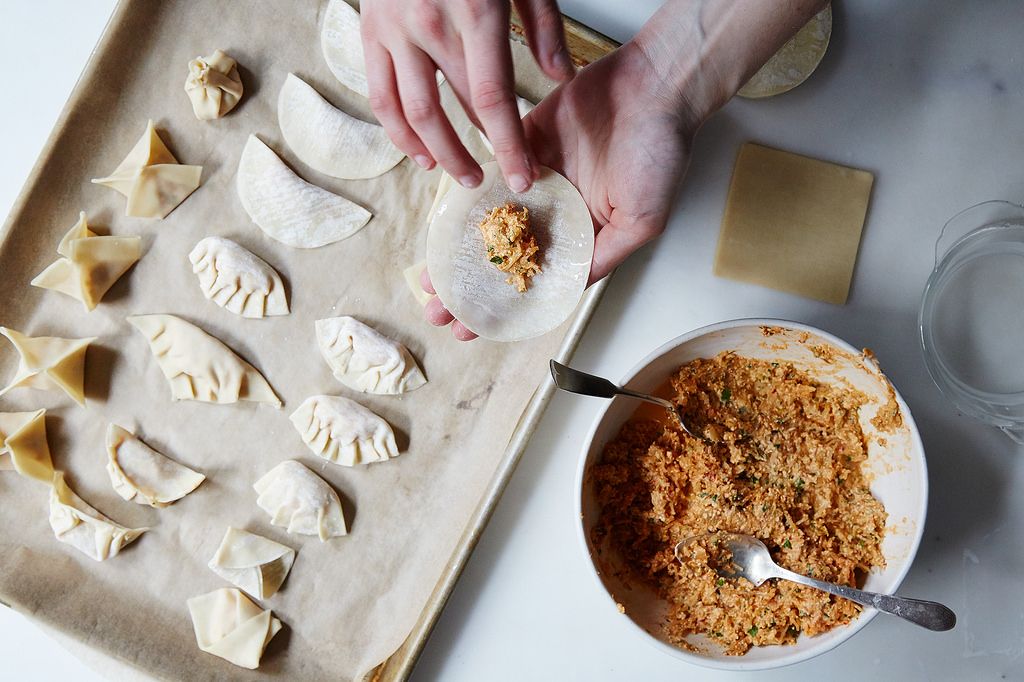
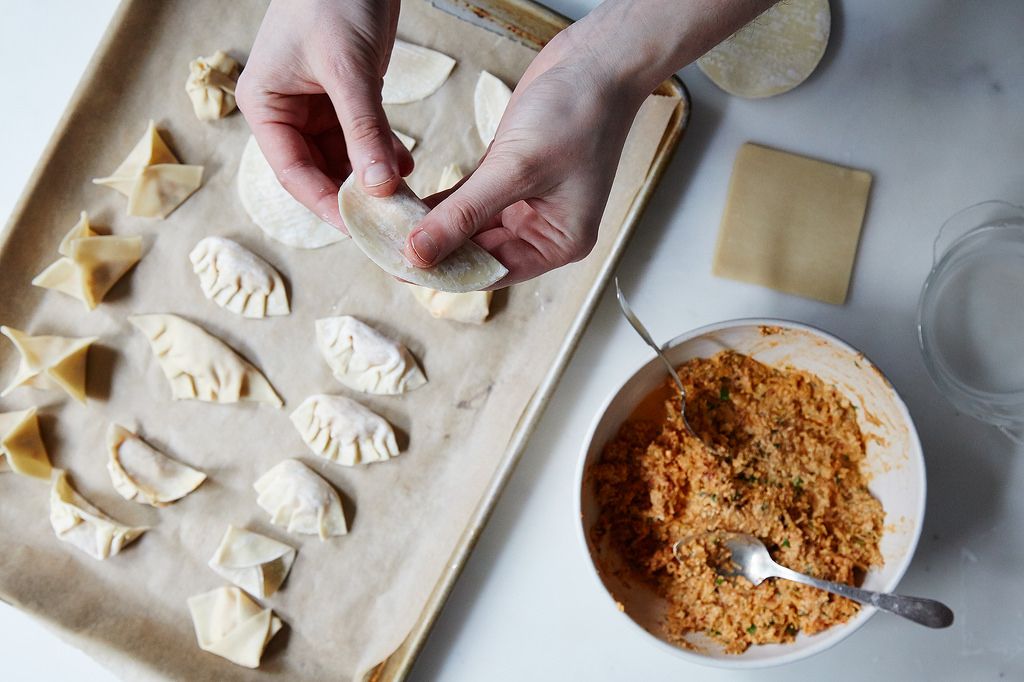
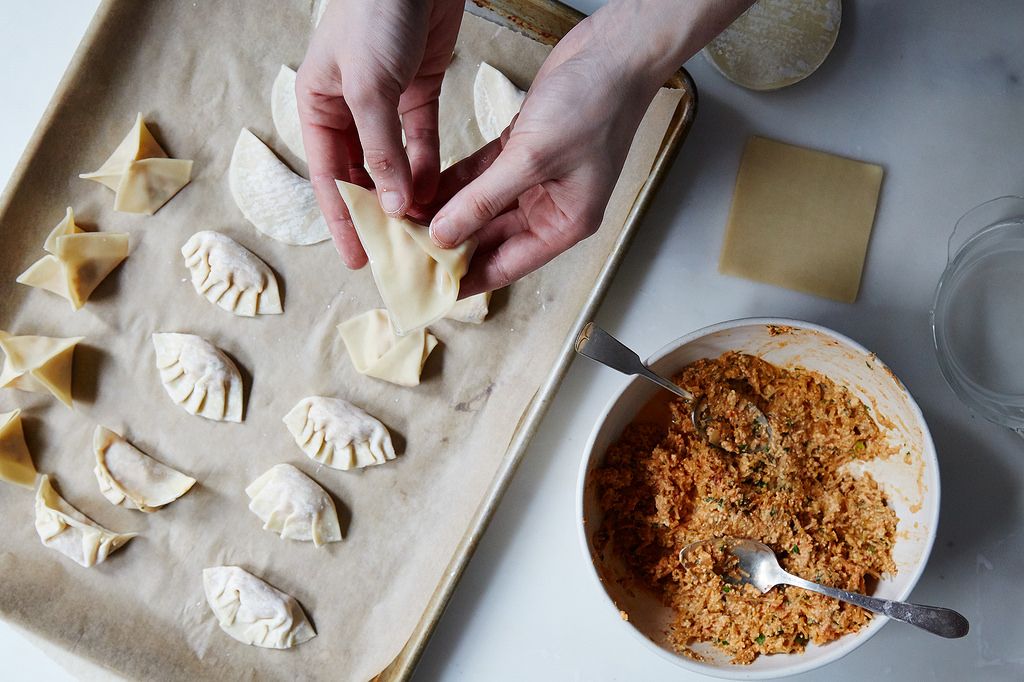
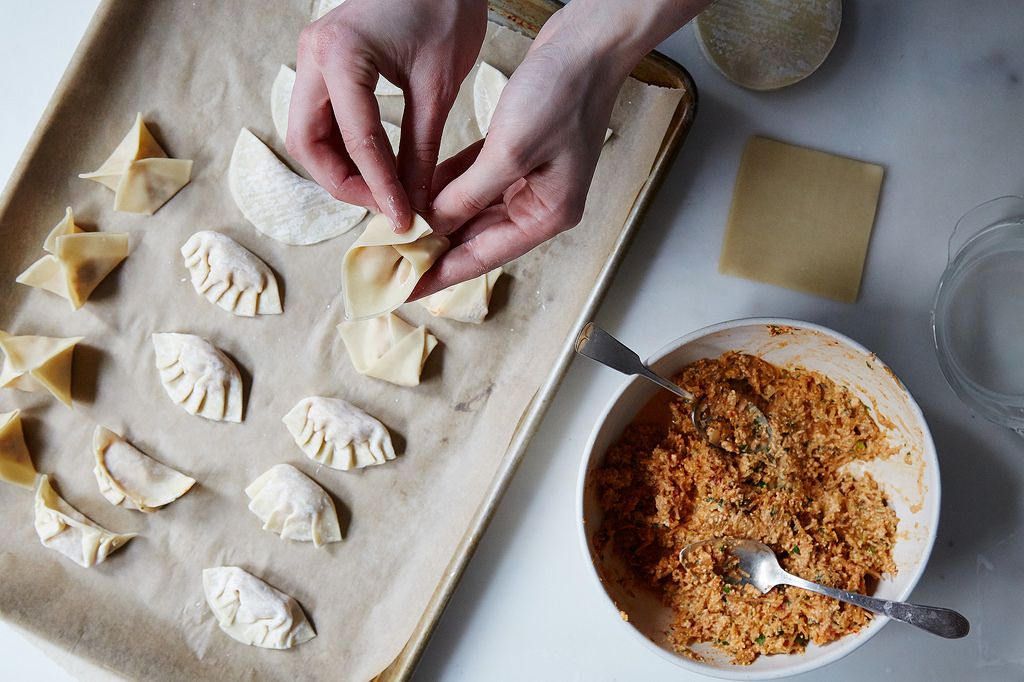
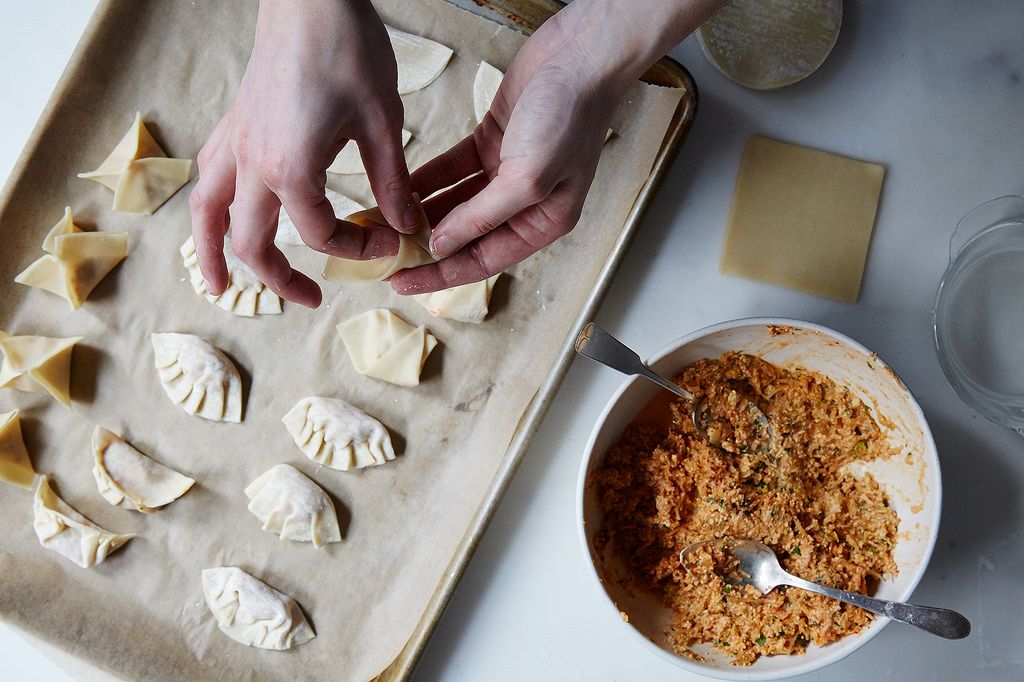

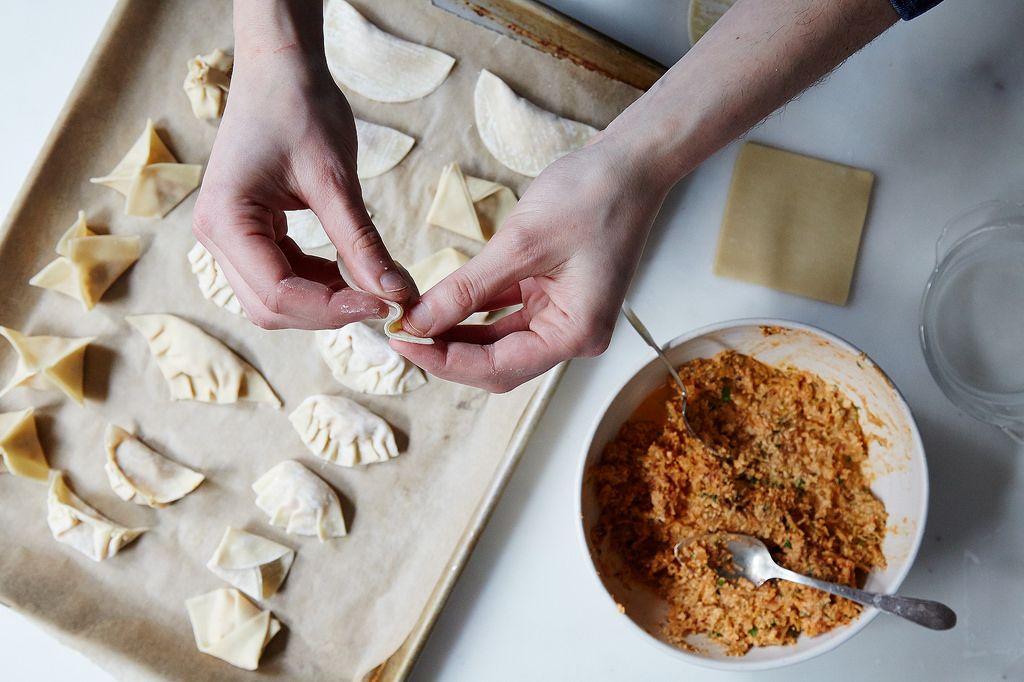
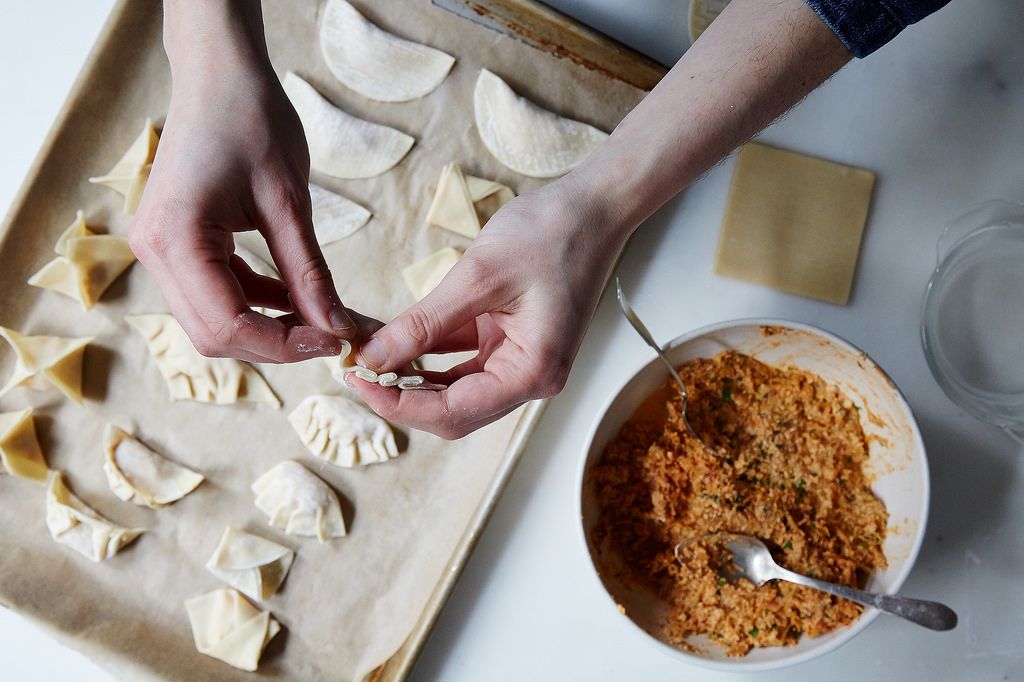
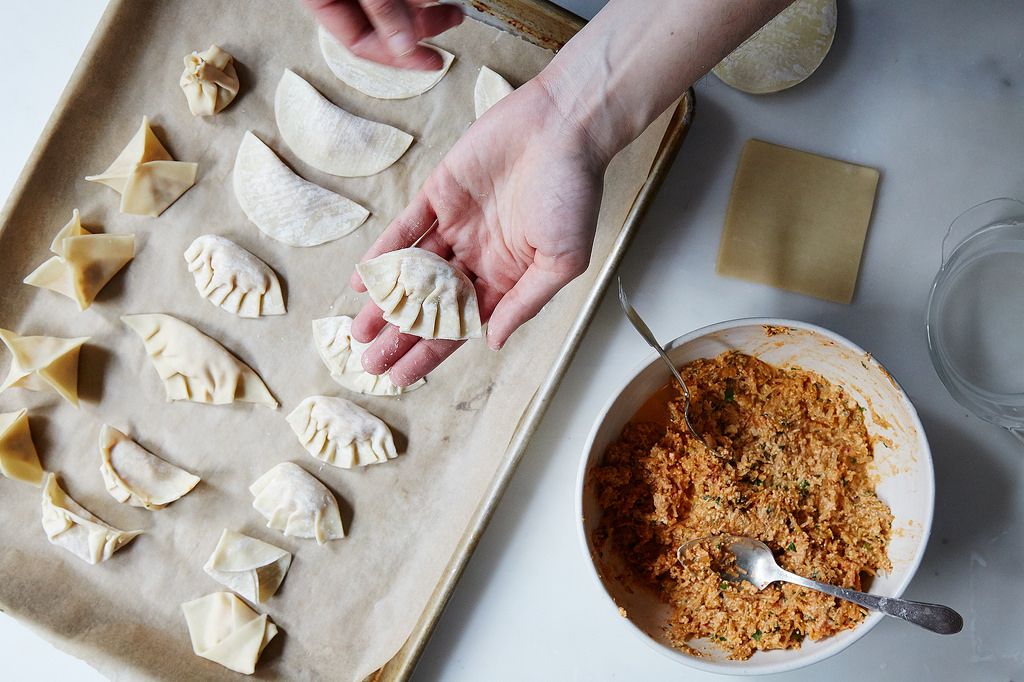
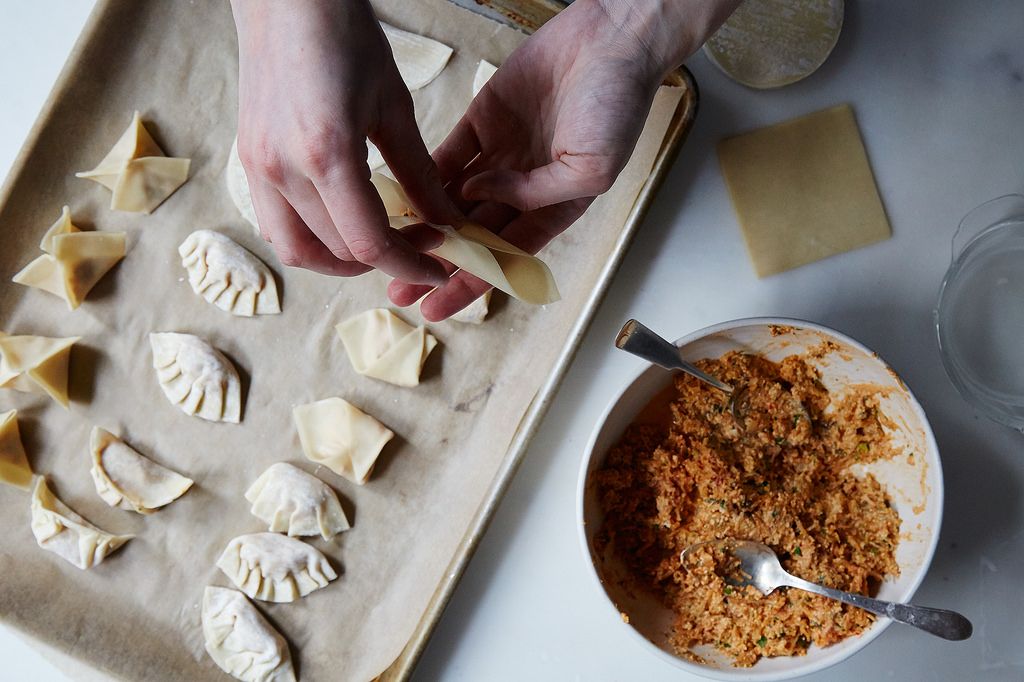

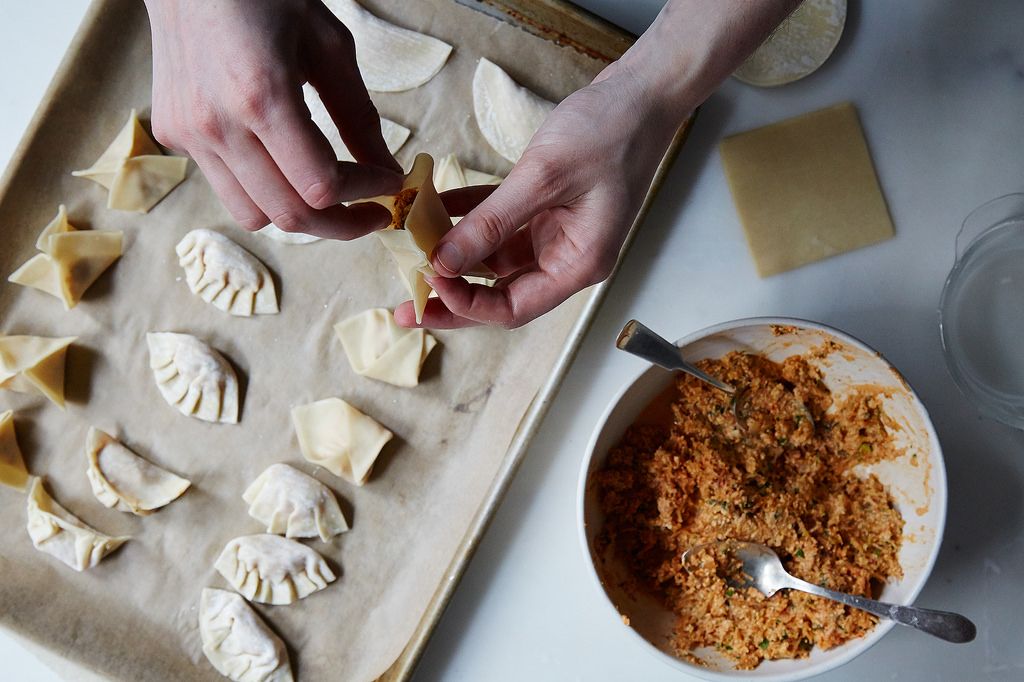
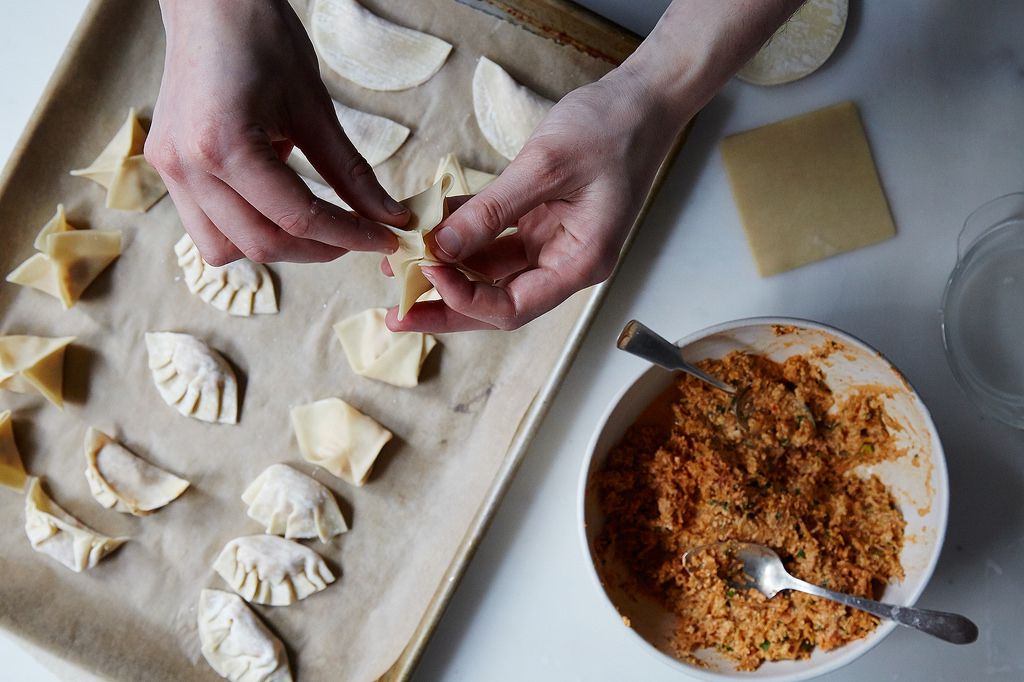

See what other Food52 readers are saying.